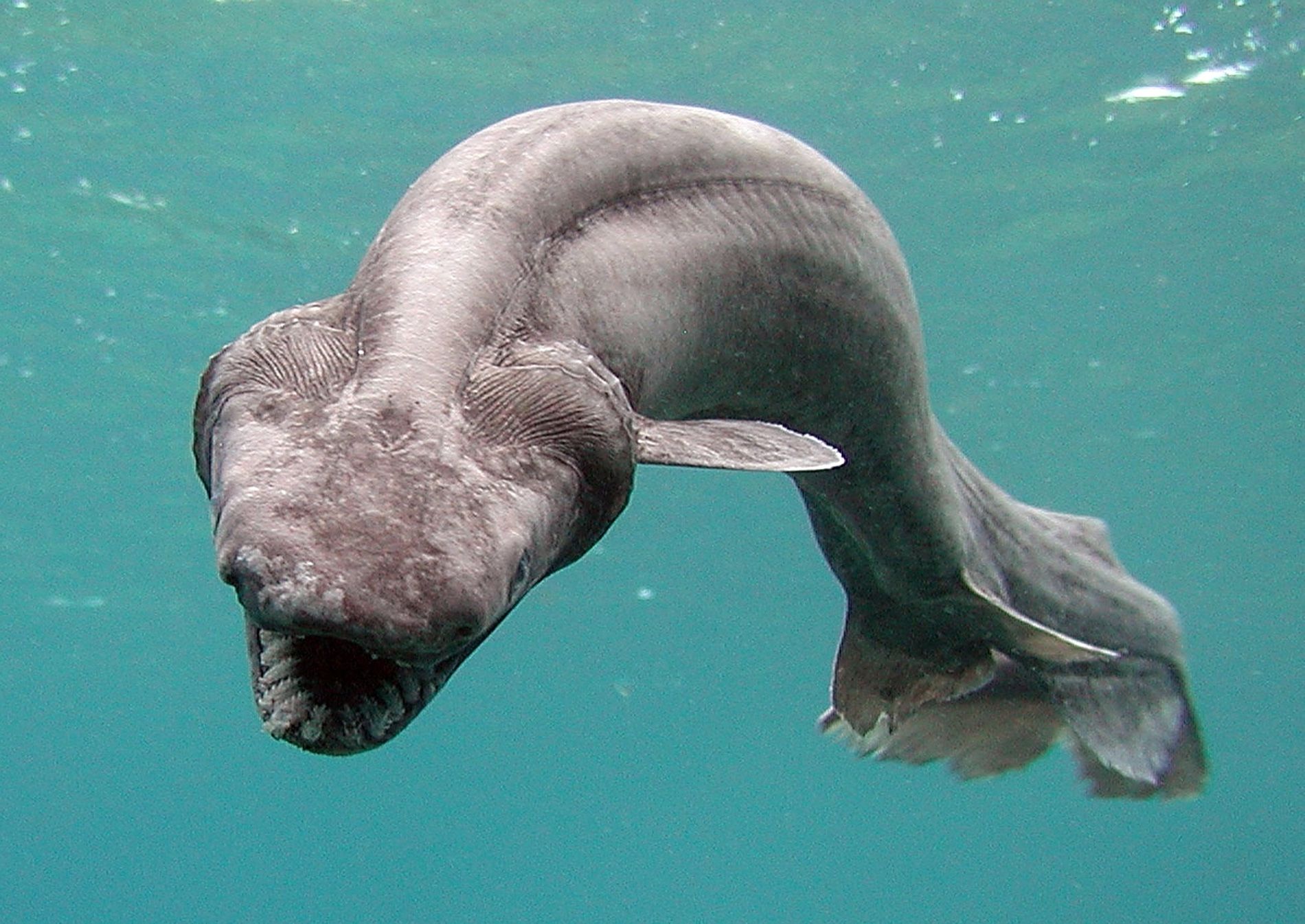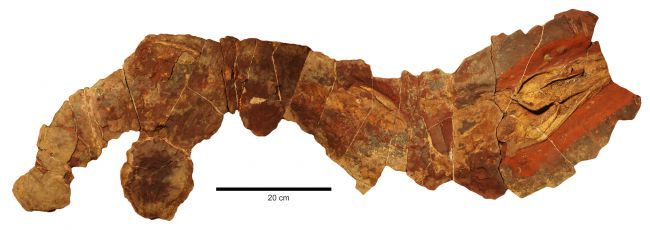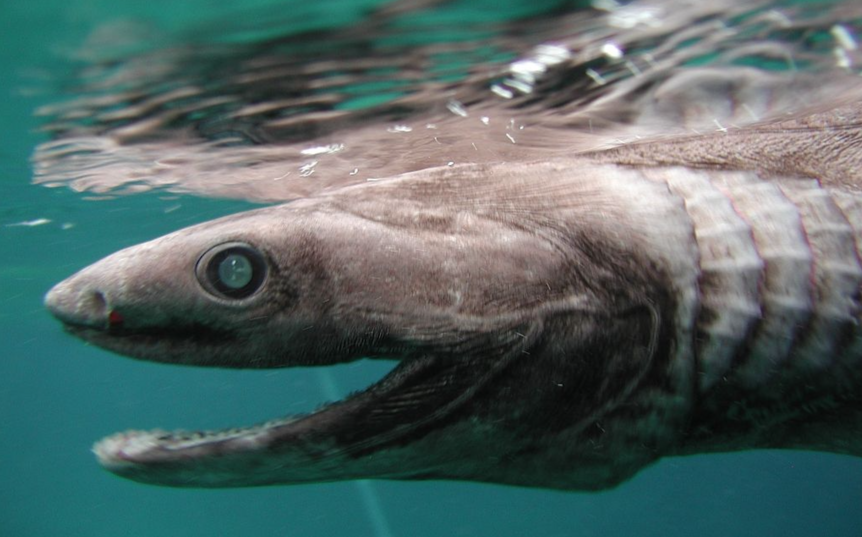Create a free profile to get unlimited access to exclusive videos, sweepstakes, and more!
This strange eel-shark once swam prehistoric seas 360 million years ago

Lurking below the turbulent oceans of primeval Earth once swam a menagerie of strange and monstrous creatures that scientists are just now beginning to identify and understand. One of these remarkable new discoveries is the identification of a new type of anicent Phoebodus shark that resided in the warm primordial seas of our planet some 360 million years ago.
Until now, researchers were unsure exactly what these savage, eel-like sharks looked like, but due to the unearthing of the first nearly-complete skeleton of this ancient shark we're now getting a clearer picture of its anatomy. Because shark skeletons are made up of soft cartilage, instead of fossilized bone, their remains tend to deteriorate and disappear easily over time, making this eventful find a reason for celebration.
Phoebodus sharks grew to about four feet long and lived ages prior to larger, land-dwelling dinosaurs thundering onto the global scene. A fortuitous discovery in the Anti-Atlas Mountains in Morocco by the regional Berber people delivered this rare fossilized specimen of the beast found embedded in the prehistoric marine layer sediment known to be between 360-370 million years old.
A new study published last week in the online journal The Royal Society proclaimed these findings.
"The fossils are so well preserved," Frey explained to Live Science. "We were really happy about this discovery. The fossils were very well preserved because they were sitting in low-oxygen conditions, where decomposing organisms couldn't pick them apart."
Once the shark carcass was spotted, these indigenous North African residents immediately carried the fragile fossil to Christian Klug, a paleobiologist working at the University of Zurich and senior study author of the study, who quickly realized the specimen didn't belong to "a normal fish."
Careful analysis of the remains by the University of Zurich team comprised of Linda Frey, Michael Coates, Michał Ginter, Vachik Hairapetian, Martin Rücklin, Iwan Jerjen, and Klug revealed that the weird creature had a streamlined, eel-like body and an elongated snout resembling the modern frilled shark (Chlamydoselachus anguineus), even though the two species of sharks are totally unrelated.
While we're still in the dark on exactly what this sleek Phoebodus shark appeared in its natural state, this is a vital piece of the paleontological puzzle that continues to fit together in forming an accurate rendering of the toothy predatorial fish.

















